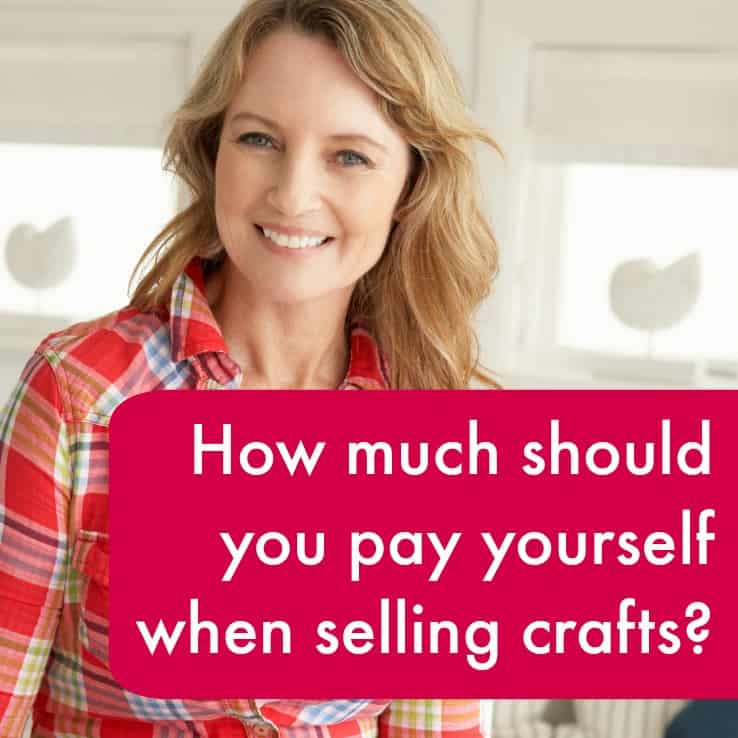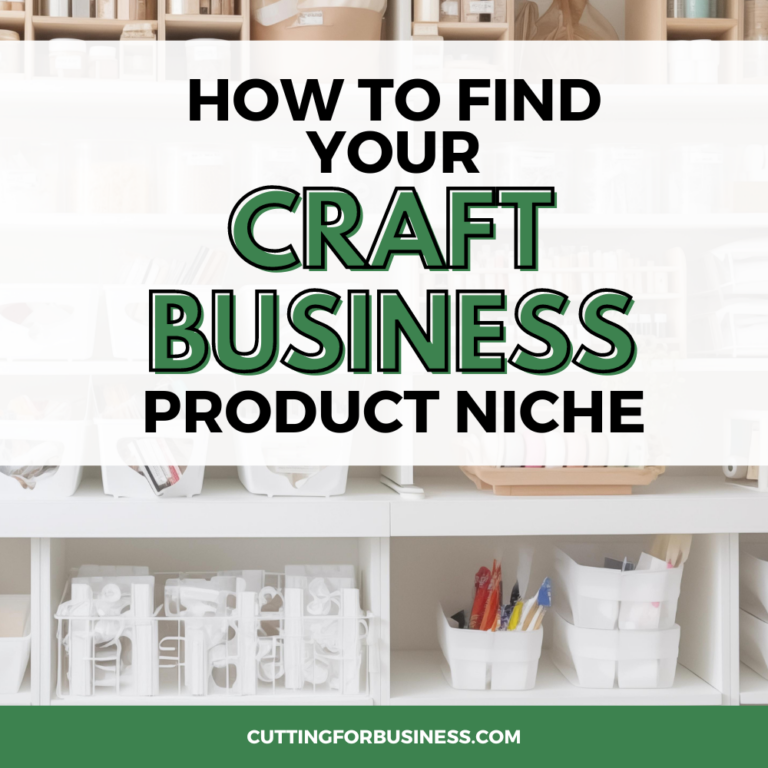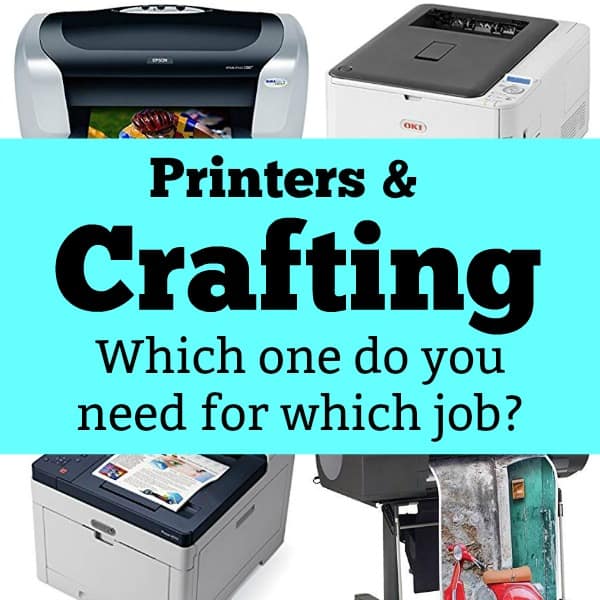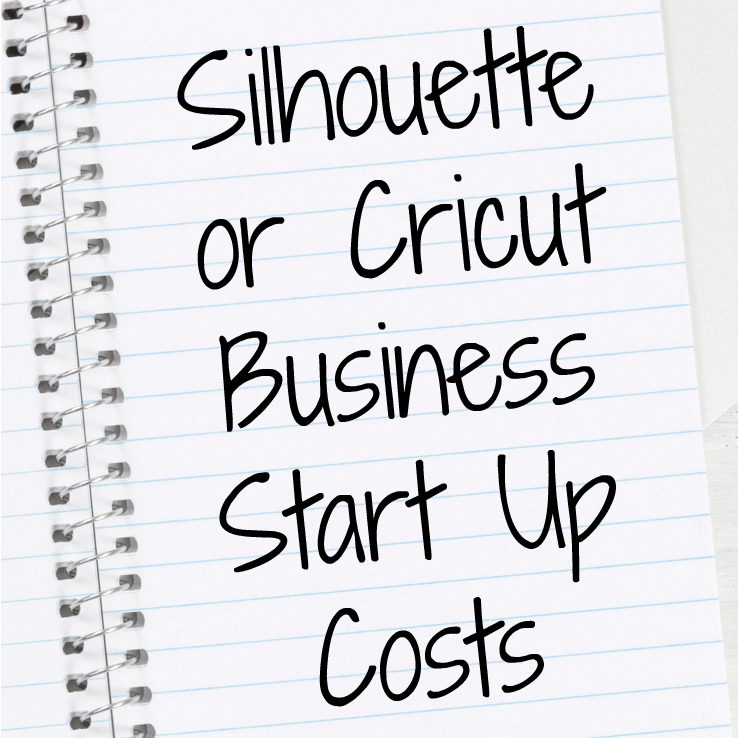How to Price Crafts for Sale – Pricing Formula
Affiliate Disclosure: As an Amazon Associate I earn from qualifying purchases. Additionally, I may get commissions for purchases made through other affiliate links in this post.
Wondering how to price crafts for sale? Before you start a craft business, you must know how to price your handmade items. There is nothing worse than designing an item, creating it, packaging it, selling it, and then realizing you made no profit – or worse – you lost money selling an item!
Craft Pricing Formula
There are a number of pricing formulas out there, but this is the one I like the most. It takes into account supplies, labor, and overhead costs.
Generally, a handmade item is priced using a formula similar to this:
Cost of Supplies + Labor + Portion of Overhead = Total Costs
Total Costs x 2 = Wholesale Price
Wholesale Price x 2 = Retail Price
Let’s break down the parts of the formula.
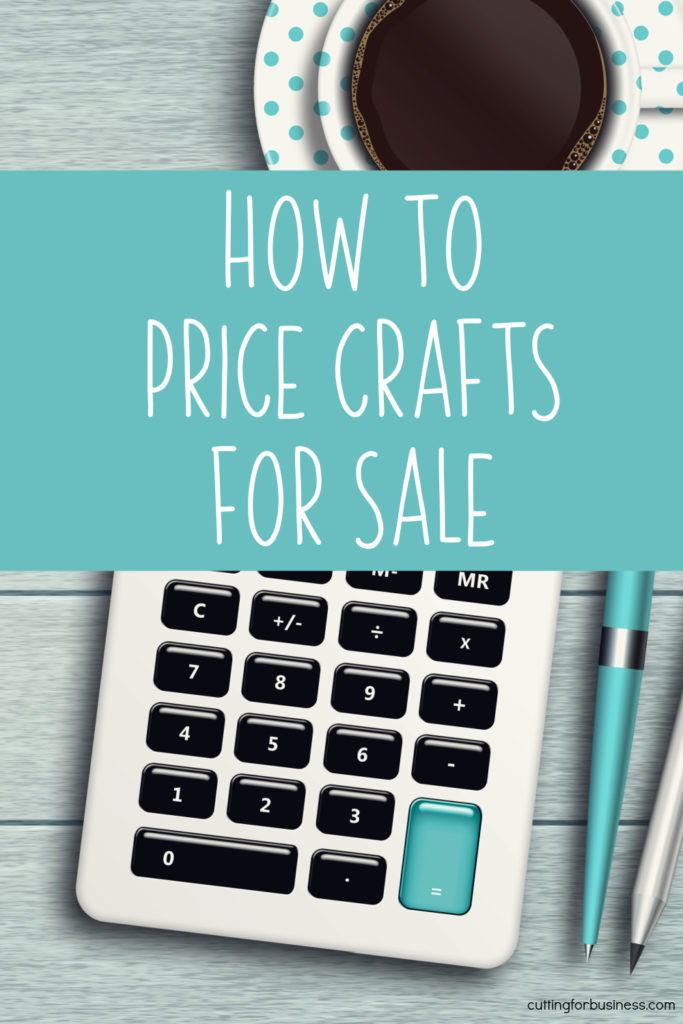
How to Figure Out the Cost of Supplies
The cost of your supplies is how much you paid for the supplies. This is straightforward. However, it can get tricky if you use a portion of a supply in a project for sale.
For example, if you make a tshirt using a half a sheet of vinyl, you’d only use half of the cost of the sheet of vinyl in your formula. Similarly, if you use a third of a container of glitter in your product – you’d only use 1/3rd the total cost of the glitter in your formula.
How to Figure Out Labor Costs
The labor costs are how much you want to pay yourself. There are too many times where I have seen crafters selling products, and not paying themselves. Sadly, you are not going to be in business long if you aren’t making any money.
So how much should you pay yourself? I talk in length about how much to pay yourself in another post.
How to Figure Out Overhead Costs
Don’t forget: When figuring out your overhead costs, you’ll need to take into account everything you used to create your item. From the software costs, machine costs, actual supplies used, packaging (box or envelope, packing supplies, tape, the label paper you used), the cost of the scale you used, the amount of electricity used, the space in your home or studio, even a portion of your advertising costs or store fees.

How to Price Crafts for Sale Example
Example: I’m selling a personalized glitter tumbler sealed with epoxy. After creating the tumbler, the customer will pick up.
Supplies and costs:
- Stainless steel tumbler. $1.39.
- Glitter. I use one quarter of a container that cost $5.99. One quarter of $5.99 is roughly $1.50.
- Epoxy. I purchase epoxy by the gallon for $50.00 and can make 35 tumblers with one gallon. 1/35th of a gallon costs $1.42.
- Vinyl. I use one quarter of a sheet of adhesive vinyl to add personalization to the tumbler. One sheet of adhesive vinyl costs $1.42. One quarter of a sheet is $0.36.
- Total supply costs: $5.56.
Labor:
- I pay myself $10 an hour to make tumblers, based on my experience and expertise. It takes me one hour to make the tumbler.
Overhead: Things like electricity, space in my home studio, online store fees, legal fees, and more all go into the overhead of your business. You can think of your business overhead as the amount it costs you each month to keep your business running – or your break even point.
Here’s how to figure out your monthly overhead:
- List out all expenses in your business for the previous month.
- Add these expenses together. This was your total overhead for the month.
- Divide by 744 (the total number of hours per month in a month with 31 days).
Let’s do it: $450 (total expenses)/744 = .60
What does .60 mean? This figure is your monthly overhead cost by hour. Simply add it to your labor rate in the formula and the overhead costs are accounted for.
My adjusted labor rate is $10.60 an hour.
Put the numbers into the formula:
Cost of Supplies + Labor + Portion of Overhead = Total Costs
Total Costs x 2 = Wholesale Price
Wholesale Price x 2 = Retail Price
$5.56 + $10.00 + (which includes my overhead) = $16.16
$16.16 x 2 = $32.32
$32.32 x 2 = $64.64.
This gives us a selling price of $33 wholesale and $65 retail.
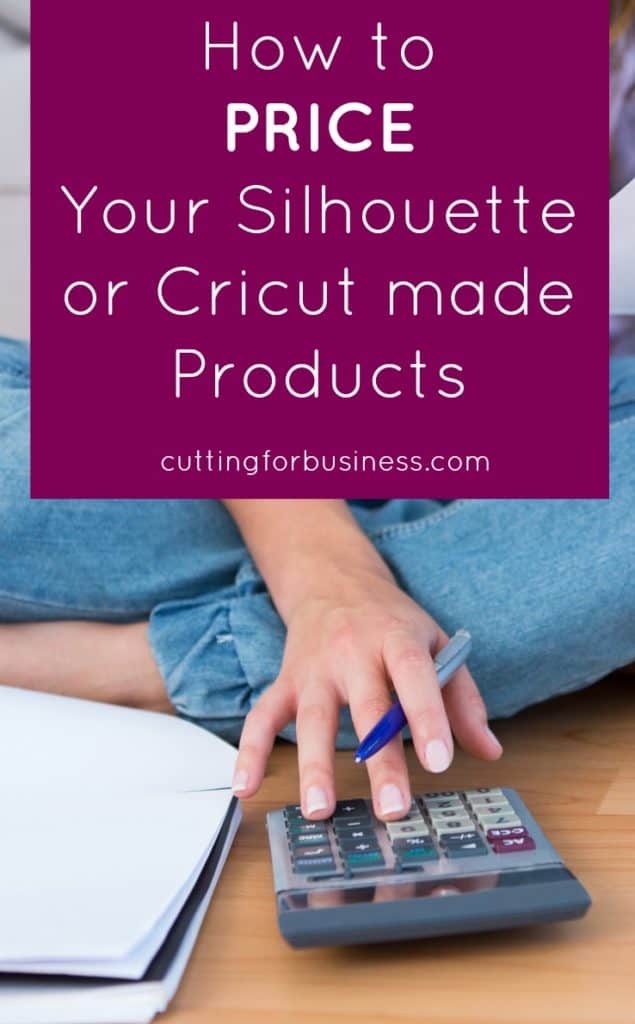
Online Craft Calculators
There are a number of online craft calculators available, as well as a handful of apps. Honestly, they will all use a different variation of one of the popular pricing formulas. If you find one you love, use it. If not, just grab your calculator and the formula above to price crafts for sale.
One more thing: Have you ever heard of dynamic pricing? You may not have, but you see it every day. Your prices should be dynamic, not static. Read more about dynamic and static pricing.
Since 2015, Christine Schinagl has been helping crafters start and run craft businesses through her blog, Cutting for Business. As a Silhouette and Cricut crafter herself, she has a unique take on what works and what doesn’t work in the craft business world. She also enjoys teaching other crafters how to create digital SVG designs, available through the Design with Me series.
